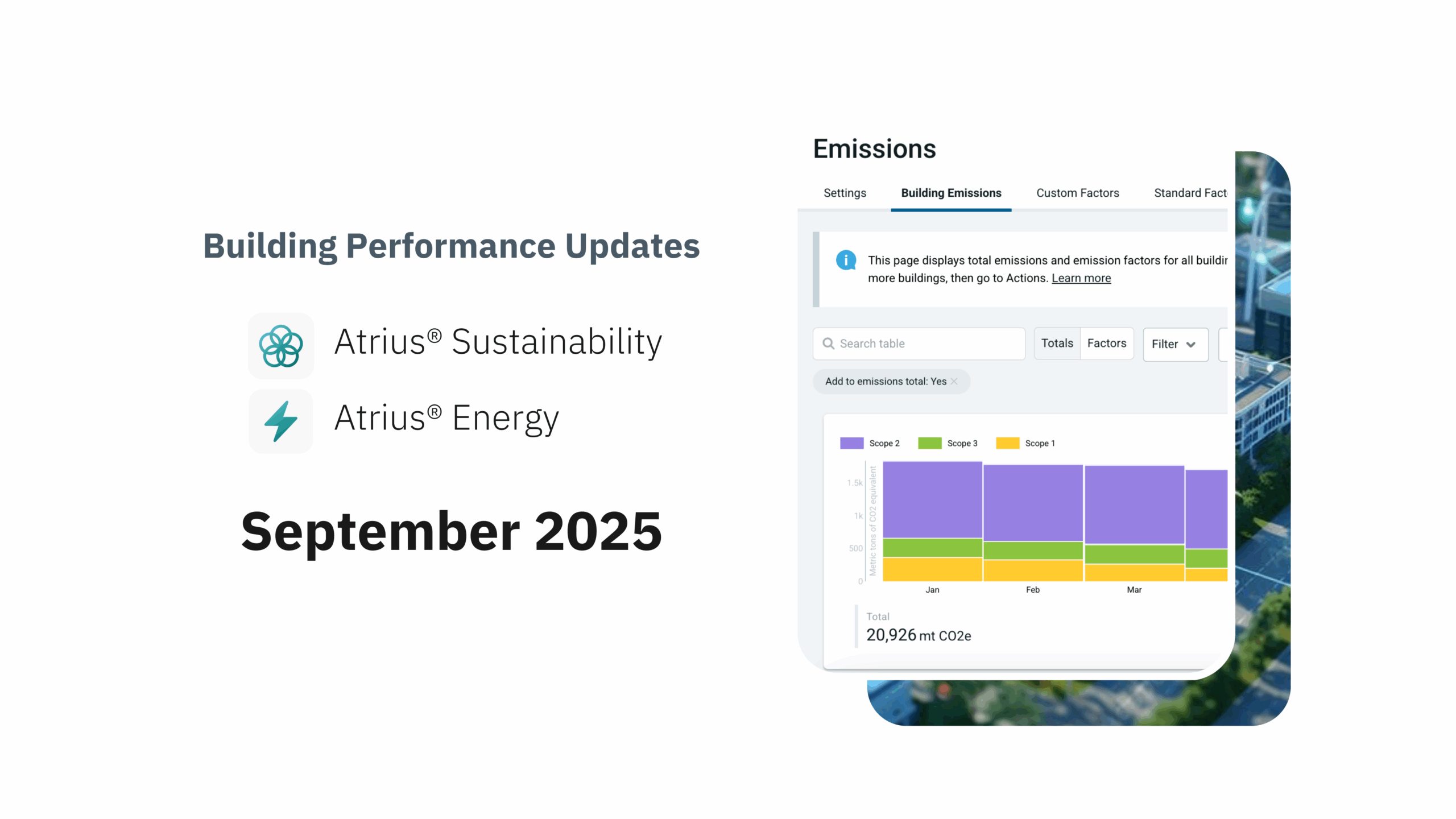This article was originally published by FacilityManagement.com.
Sustainability-focused investing has exploded in the past decade, with global ESG assets projected to reach $50 trillion by 2025. The “sustainable investment universe” describes when portfolio investment decisions are based on companies’ Environmental, Social and Governance (ESG) factors. This approach weighs investment opportunities on how businesses contribute to positive social change rather than solely on the possibility of short-term financial gains.
More than 90% of companies listed on the S&P 500 and an increasing number of investment funds tout their commitment to sustainability initiatives, being “green” or “low-carbon”, but most simply estimate their greenhouse gas (GHG) emissions. In fact, a 2022 survey of U.S. executives reported widespread concerns about corporate greenwashing, where purported commitments to ESG standards are exaggerated or even non-existent. The same study noted that only 17% of respondents said their companies use data from measurement tools to guide sustainability strategies.
Countering greenwashing
In response, in spring of 2022, the U.S. Securities and Exchange Commission (SEC) proposed new rules set to take effect in 2023, to counter greenwashing with a framework of climate-related disclosures and a standardized methodology designed to add transparency to publicly traded companies’ value chains. This information, filed with annual financial reports, would give investors, policymakers, the buying public, and other stakeholders a realistic view of a company’s actual climate impact.
Ultimately, every company will need to manage their carbon tracking on some level. The ability to view every company’s carbon rating scores will create a major shift in the market. A major part of the new rules is the comprehensive nature of Scope 3’s reporting directives.
Understanding Scope 3 of the new emissions regulation first requires an understanding of Scope 1 and 2. Scope 1 emissions are those associated with fuel combustion in boilers, furnaces, and vehicles a company owns. Scope 2 covers GHG emissions that occur through the generation of electricity, steam, heat or cooling the company consumes, but is created elsewhere.
Scopes 1 and 2 are fairly easy to calculate, but Scope 3 delves into any emissions that are generated throughout the process of sourcing from entities not owned or controlled by a company. This includes purchased goods and services, waste disposal, investments, raw material creation, distribution, blockchain, cryptocurrency and more. It also calculates emissions related to employee travel and commuting activities. Companies that carry substantial Scope 3 factors in their supply chain could face negative public scrutiny. Choosing lower-carbon footprint providers, while possibly more costly in the short-term, could provide a higher return over time when carbon offset buys are reduced.
The goal of these new regulations is to reduce greenwashing, which undermines good-faith sustainability initiatives, but also adds new layers of complexity for all publicly traded companies. Most companies will be starting measuring and tracking programs, with a hefty cost in labor and time. The SEC estimates that the climate reporting proposal will likely cost companies more than $10.2 billion, and is the most costly federal financial regulation since the 2002 Sarbanes-Oxley Act.
To ensure compliance, forward-thinking companies will be wise to consult sustainability experts to understand their reporting obligations and avoid potentially costly errors and omissions. Fortunately, sustainability teams who handle ESG reporting and energy management are likely to receive a substantial increase in budget as companies face the reality of meeting the new standards.
Whether companies are going for net-zero or just starting out on their sustainability journey, a comprehensive carbon accounting system can support organizations as deeper visibility, standardization and accuracy is mandated. The first step on this journey towards meeting federal disclosure regulations is having an automated, purpose-built measuring platform tool in place that aggregates both in-bound and out-bound data, including Scope 3 factors.
Companies will recognize an immediate ROI with the labor hours saved over traditional methods for manual input of data and calculations. An automated carbon account engine with a full library of Scope 3 data will give a comprehensive look at all emissions throughout the value chain. For those at the beginning of their carbon accounting journey, the most effective and easy to deploy solution will be one that is lightweight, provides baselining on year (and can compare by year) and super-enhances a spreadsheet.

Scope 3 tracking is complicated to track
While many companies currently track Scope 1 and 2 data, the Scope 3 aspect is a more complicated endeavor that is far reaching across the entire supply chain. Having a process flow in place that calculates and aggregates all the Scopes will allow energy managers to recognize hot spots, find resources and reduce energy risks. Facility operators working with sustainability teams will be able to recommend sustainability-minded vendors based on verified CDP scores.
Overall, we see only positive aspects through implementation of substantiated ESG reporting. Full tracking and disclosure will set companies on a clearly defined path to help them to live up to their sustainability pledges. Considering the carbon footprint of their entire value chain will ultimately lower GHG emissions and slow global temperature increases.
Having ESG goals at the forefront, supported with realistic budgets by C-suite decision makers, will also help maintain and recruit talent. People are genuinely interested in sustainability and contributing to environmental stewardship. When one considers that the failure to reduce carbon emissions could cost the U.S. economy $14.5 trillion over the next 50 years, not to mention the incalculable accompanying misery of all humanity, it is vital that action happen now.



